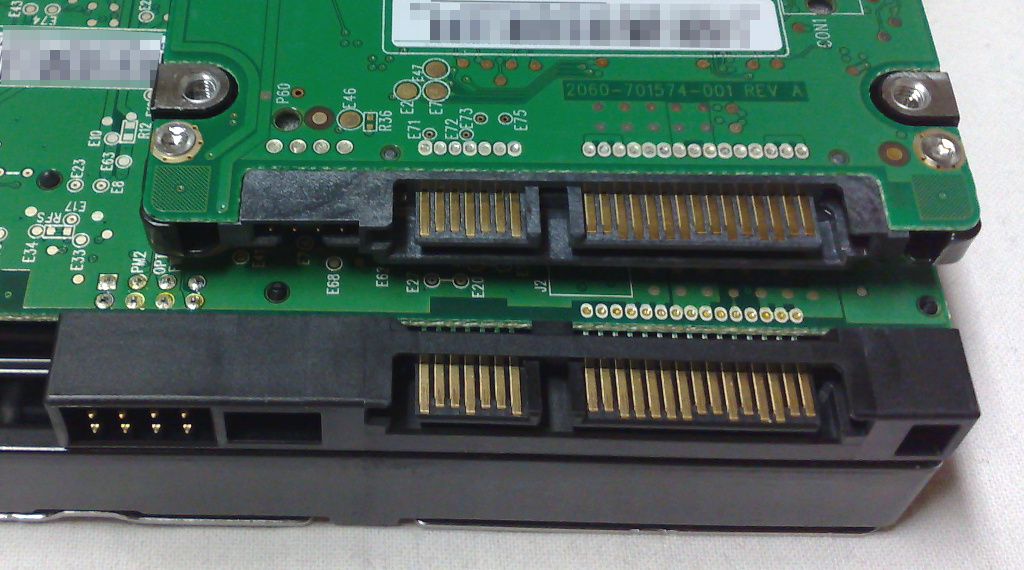

The Enterprise Capacity also features a five-year warranty.

Reliability weighs in with a standard 1.4 million hours MTBF, and a one per 10^15 UBER rating.


The new v3 version also features a 128MB multi-segmented cache. The v3 supplants the Constellation.2, which also offered both 6Gb/s SAS and SATA. This is still an 18% performance improvement over the previous generation. Seek times remain similar to the 3.5" class SSDs, but the sequential performance is somewhat lower than larger HDDs at 136 MB/s. We cover PowerChoice in more detail on the following page. With Seagate's proprietary PowerChoice technology, the Enterprise Capacity v3 can idle as low as 1.52 watts. The Enterprise Capacity v3 also offers lower power consumption during active and idle operating states. Offering 2TB in a small form factor also opens up more opportunities in dense system designs, and incorporates well into slim 1U and 2U servers. SAS SSDs also have value options, but they command a higher price point, which leads plenty of room for higher-capacity SAS HDDs in the datacenter. One of the primary reasons for the surge in SSD adoption is fierce competition between foundries, leading to more palatable price points for consumers, but many of the value segment SSDs continue to feature the SATA connection. Another advantage for the Enterprise Capacity v3 lies in its High Availability features delivered via 6GB/s SATA, or dual-port 12Gb/s SAS connections. While SSDs are coming in larger capacities as of late, 2TB capacity points have not become pervasive, and overall NAND production is not even close to providing enough Exabytes of storage to unseat the venerable HDD. SSDs are unquestionably penetrating further into the performance 2.5" segment. The third-generation Enterprise Capacity 2.5 is designed for maximum capacity entry-level servers, blade servers, SAN, and NAS applications. The 7,200-RPM Enterprise Capacity v3 is geared for the capacity segment, but also offers impressive best-in-class performance, and a 50% improvement in watts-per-TB. Seagate's new Enterprise Capacity 2.5" HDD v3 offers up to 2TB of density in the compact 2.5" form factor.


 0 kommentar(er)
0 kommentar(er)
